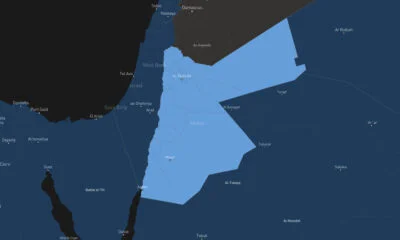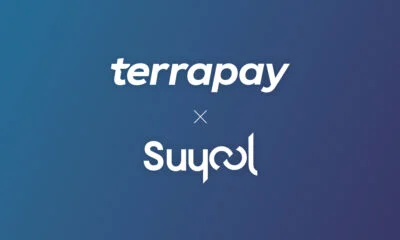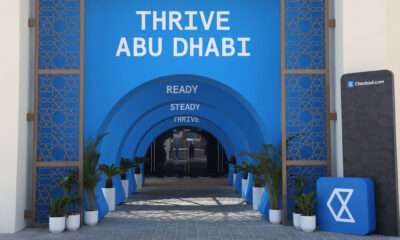News
Starlink In Lebanon: An End To Lebanon’s Internet Nightmare?
The Ministry of Telecommunications has looked into the SpaceX satellite system to improve connectivity.

While the rest of the world enjoys speedy web browsing and downloads, Lebanon’s internet infrastructure remains a nightmare. The country’s aging or non-existent telecom infrastructure means poor connectivity in remote locations and frequent disconnects and technical issues even in urban areas.
Now, with the Israel-Hamas conflict threatening to spill over into neighboring regions, Lebanon’s already patchy internet connectivity could become even worse, with telecommunications usually one of the first pieces of infrastructure to be targeted during an attack.
To address these problems and provide enhanced connectivity, Lebanon’s Ministry of Telecommunications has explored Elon Musk’s Starlink system, which relies on 3,200 satellites, negating the need for fixed wires and other paraphernalia.
Caretaker Minister of Telecommunications Johnny Corm thinks that Starlink could be the key to solving Lebanon’s internet woes, explaining that “The ministry will grant licenses to companies that will sell this system to individuals through the Ministry of Telecom. We will not have to pay anything,” in response to questions about how such a partnership would work.
Although expensive for individuals, Starlink would allow businesses to expand their operations with faster and more reliable internet connections. In addition, the SpaceX service would enable Lebanon to better connect to the global digital economy.
Also Read: The Largest Data Breaches In The Middle East
However, there are downsides to the satellite-based system. One of the major obstacles is cost, as the technology is much more expensive than traditional cables or fiber optics solutions. Additionally, the satellite signal could be disrupted by bad weather or other natural causes. Finally, the government would need to establish regulations to ensure the service complies with global standards.
Nevertheless, where the Lebanese government has historically been unable to meet citizens’ needs for reliable internet, Starlink has the potential to make a difference and provide a welcome boost to the Lebanese economy in the process.
News
Google Releases Veo 2 AI Video Tool To MENA Users
The state-of-the-art video generation model is now available in Gemini, offering realistic AI-generated videos with better physics, motion, and detail.

Starting today, users of Gemini Advanced in the MENA region — and globally — can tap into Veo 2, Google’s next-generation video model.
Originally unveiled in 2024, Veo 2 has now been fully integrated into Gemini, supporting multiple languages including Arabic and English. The rollout now brings Google’s most advanced video AI directly into the hands of everyday users.
Veo 2 builds on the foundations of its predecessor with a more sophisticated understanding of the physical world. It’s designed to produce high-fidelity video content with cinematic detail, realistic motion, and greater visual consistency across a wide range of subjects and styles. Whether recreating natural landscapes, human interactions, or stylized environments, the model is capable of interpreting and translating written prompts into eight-second 720p videos that feel almost handcrafted.
Users can generate content directly through the Gemini platform — either via the web or mobile apps. The experience is pretty straightforward: users enter a text-based prompt, and Veo 2 returns a video in 16:9 landscape format, delivered as an MP4 file. These aren’t just generic clips — they can reflect creative, abstract, or highly specific scenarios, making the tool especially useful for content creators, marketers, or anyone experimenting with visual storytelling.
Also Read: Getting Started With Google Gemini: A Beginner’s Guide
To ensure transparency, each video is embedded with SynthID — a digital watermark developed by Google’s DeepMind. The watermark is invisible to the human eye but persists across editing, compression, and sharing. It identifies the video as AI-generated, addressing concerns around misinformation and media authenticity.
While Veo 2 is still in its early phases of public rollout, the technology is part of a broader push by Google to democratize advanced AI tools. With text-to-image, code generation, and now video creation integrated into Gemini, Google is positioning the platform as a full-spectrum creative assistant.
Access to Veo 2 starts today and will continue expanding in the coming weeks. Interested users can try it out at gemini.google.com or through the Gemini app on Android and iOS.
























